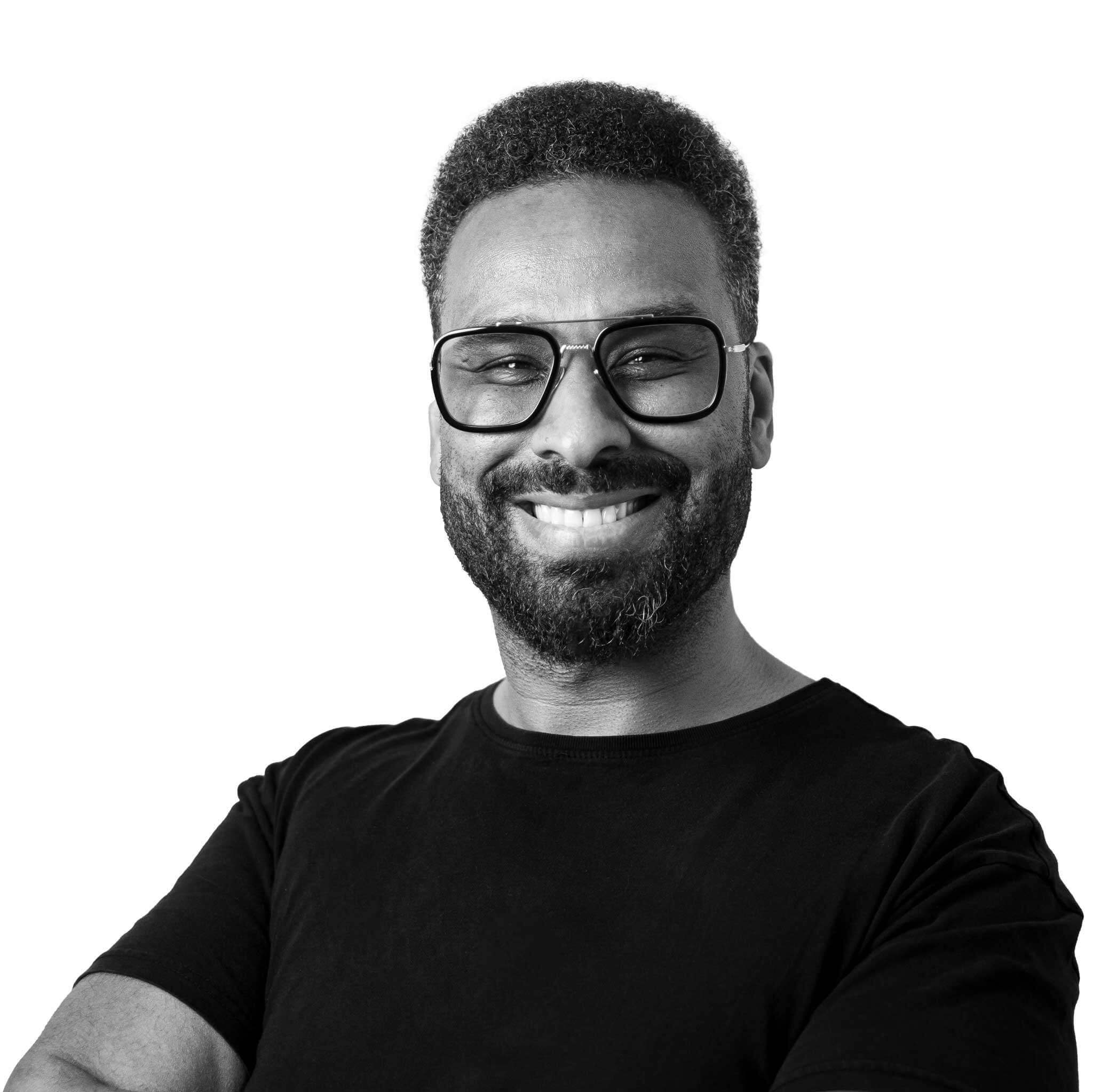How to Build Trust with a Well-Placed Hurdle
5-Oct-2025 10:00:00 AM • Written by: Mohamed Hamad

I was catching up with a former client the other day (we’ve become good friends over the years) and he mentioned an episode of The Ezra Klein Show he’d just heard. The topic was friction, and the whole discussion challenged a rule that’s been drilled into us for decades: that faster is always better, and that removing friction is the absolute goal for any business.
For years, the mantra in our industry has been “Don’t make them think!” It’s a rule that’s been hammered into every designer and developer. But after 25 years of building apps and websites, my experience has shown me that it’s not always the best advice. As an agency owner and a marketer, I’ve learned that sometimes, making people think, just for a moment, is exactly what you need to do.
This isn’t about making things difficult for the sake of it. It’s about looking at how a bit of well-placed friction can build trust, show value, and create more human connections in your business.
The Psychology of a Good Hurdle
It sounds counterintuitive, but we’re wired to value things more when we put a little effort into them. It’s a quirk of human psychology that shows up in a couple of interesting ways.
First, there’s the IKEA Effect. It’s the principle that we place a higher value on things we help create. Assembling a BILLY bookcase, customizing a meal kit, or even just setting up a piece of software gives us a sense of ownership and accomplishment. That small bit of effort makes the end result feel more personal and valuable.
Then there’s the Labor Illusion. This is the idea that we trust a result more when we see the work being done. Think about a travel site. When you hit "search," it doesn't just instantly show you the results. Instead, you see an animation of the site scanning different airlines. That little pause makes the results feel more thorough and trustworthy, even if the work is just for show. It signals that effort is being put in on our behalf.
These concepts show that a thoughtful pause isn't just a delay; it's an opportunity to build confidence and communicate value.
Friction in UX & Design: When Slower Feels Safer
In user experience and design, good friction is all about creating intentional pauses that prevent mistakes and help users feel more in control. It's not a bug; it's a feature.
Take safety nets, for example. The confirmation pop-up that asks, “Are you sure you want to delete this?” is a classic piece of friction. No one wants it to be too easy to accidentally wipe out their work. The same goes for two-factor authentication (2FA). It’s an extra step, but it’s one we accept because it makes our accounts more secure.
We also see this with intentional actions. The “slide to pay” or “slide to unlock” gestures on our phones are slightly harder than a simple tap. That’s by design. The added physical motion prevents accidental payments or pocket dials. It’s a small hurdle that gives us a sense of finality and control over our actions.
Even onboarding can benefit from some friction. When a tool like Canva asks you to complete a few simple setup steps, like choosing your interests or creating a quick design from a template, it’s doing more than just configuring your account. It's using what experts call "desirable difficulty" to teach you how the tool works. By putting in that small amount of upfront effort, you become more familiar with the platform and more invested in using it long-term.’
Friction in Sales: Slowing Down to Speed Up the "Yes"
When it comes to high-value sales, rushing the process is one of the quickest ways to lose trust. Strategic friction signals that you’re thorough, professional, and genuinely interested in solving the client’s problem, not just closing a deal.
One of the best examples is filtering for the right fit. We often recommend our clients add a little more detail to their contact forms. While a very short form is easy to fill out and leads to high conversions, it also generates a lot of noise with dead-end leads. A well-crafted form, however, pushes back a little. It asks a few qualifying questions about goals or timelines, which does two things: it makes the user pause and think about what they really want, and it filters out people who aren't serious. The result is fewer conversions, but a much higher quality of leads.
There’s also the problem of the "premature proposal." Sending a quote or a full proposal moments after a client inquiry can feel cheap and generic. It suggests you haven't taken the time to truly understand their unique challenges. Taking a few days to listen, research, and prepare a tailored plan builds anticipation and shows that you've put real thought into the project.
This all comes back to the power of listening. There’s a rule in sales that you should listen 70% of the time and talk 30% of the time. Pausing to let a client fully explain their needs is a form of conversational friction. It slows things down, but it builds immense trust because the client feels heard and understood.
Friction in Marketing: The Allure of "You Can't Have It... Yet"
In marketing, a little bit of friction can create a powerful sense of desire and exclusivity. By making something a little harder to get, you can make it much more appealing.
Luxury brands are masters of this. You can’t just walk into a store and buy a Hermès Birkin bag. There are waitlists and a whole process involved. Streetwear brands like Supreme use limited "drops" to create a frenzy. The difficulty of acquiring these products is a core part of their marketing. It signals that what they’re selling is special and in high demand.
We saw a digital version of this with the early days of invite-only apps like the social media app Clubhouse and the dating app Raya. The fact that you had to wait or get an invitation from a member created a ton of buzz and made people want to get in even more. The wait created a psychological investment before they even used the platform.
Even a brand like Patagonia has used this idea brilliantly. Their famous “Don’t Buy This Jacket” ad campaign was a form of "consideration friction." It asked customers to pause and think about whether they really needed a new jacket. This unintuitive reverse-psychology move built a huge amount of trust and brand loyalty, and, funny enough, it actually boosted their sales. It showed they cared more about their mission than just making a quick buck.
Final Thoughts
Catching up with my friend reminded me that our instincts as builders and marketers can sometimes be at odds. The developer in me wants to pave a smooth, resistance-free highway for users. But the strategist in me knows that sometimes, a few well-placed speed bumps are what actually lead to a better, more meaningful destination.
The goal is not to make things difficult. It’s to be intentional. Bad friction is a confusing checkout process or a customer service line that sends you in circles. Good friction is a thoughtful question, a protective barrier, or a deliberate pause that makes an experience feel more valuable and human.
So, take a look at your own customer’s journey. Where could a small, intentional hurdle actually build more trust and create a better experience?
How can you make things harder for the better?
Mohamed Hamad
Mohamed Hamad is the founder of Third Wunder, a Montreal-based digital marketing agency, with 15 years of experience in web development, digital marketing, and entrepreneurship. Through his blog, "Thought Strings", he shares insights on digital marketing and design trends, and the lessons learned from his entrepreneurial journey, aiming to inspire and educate fellow professionals and enthusiasts alike.
